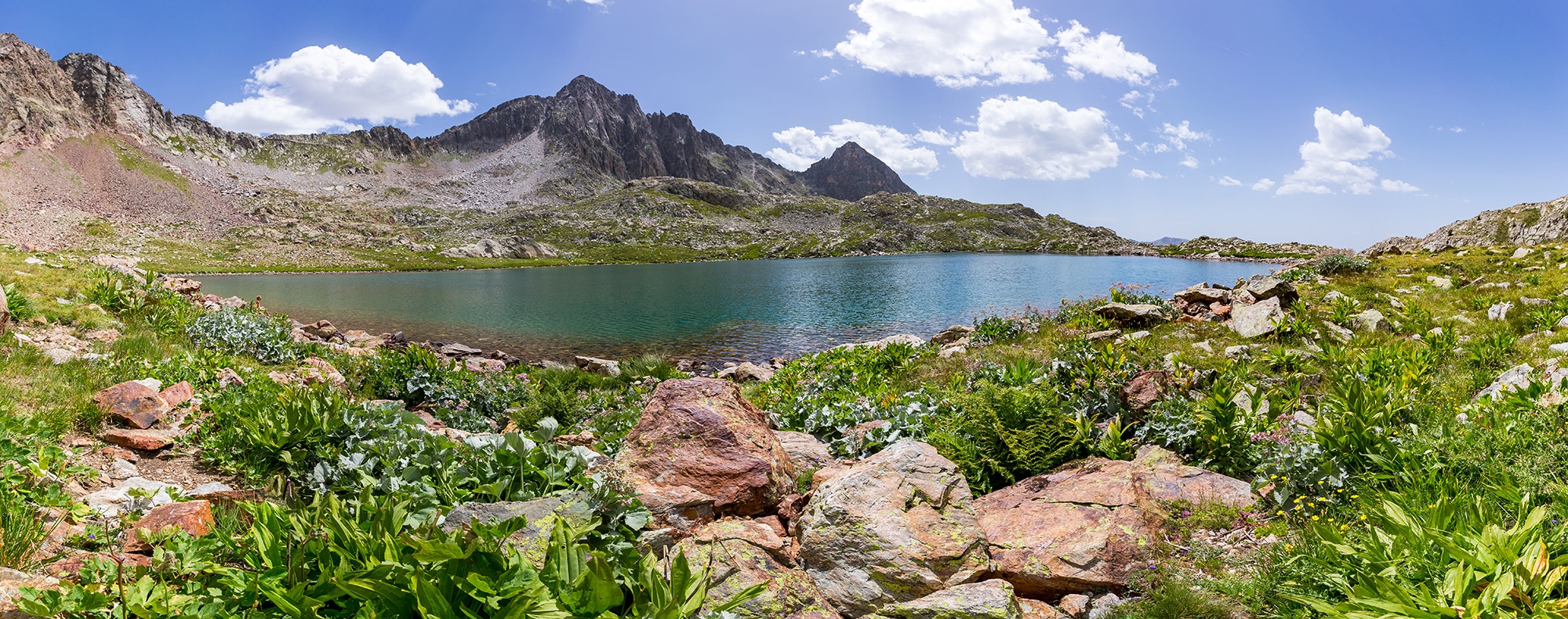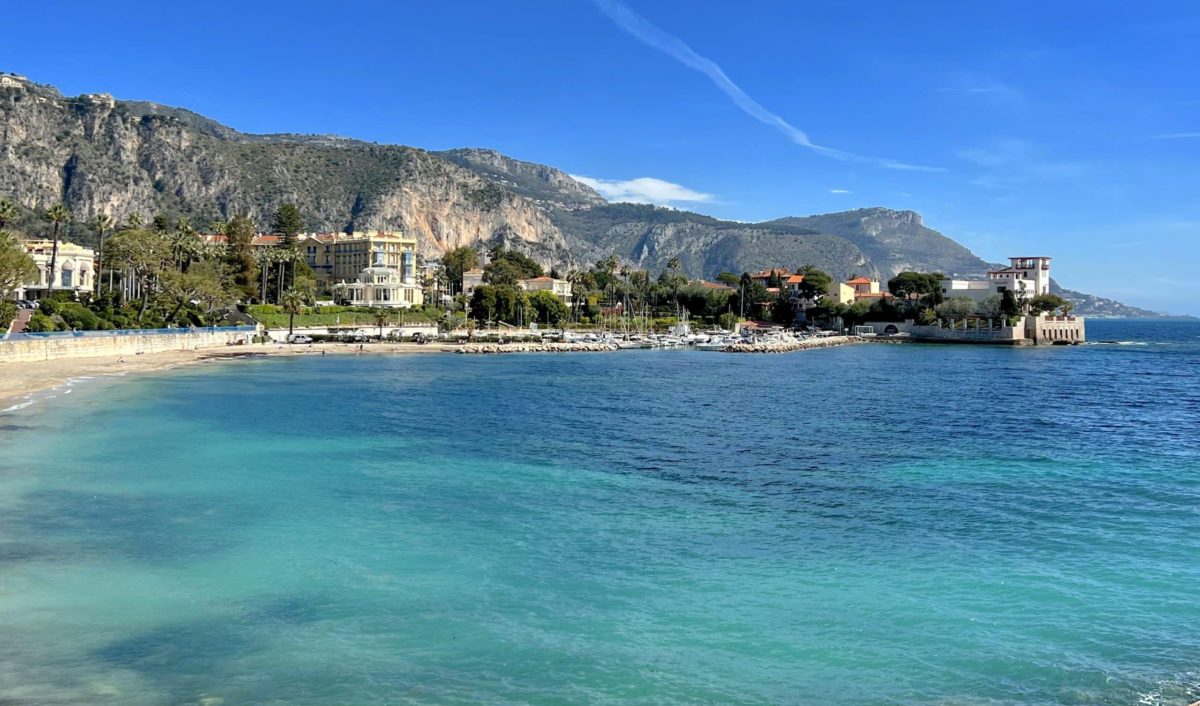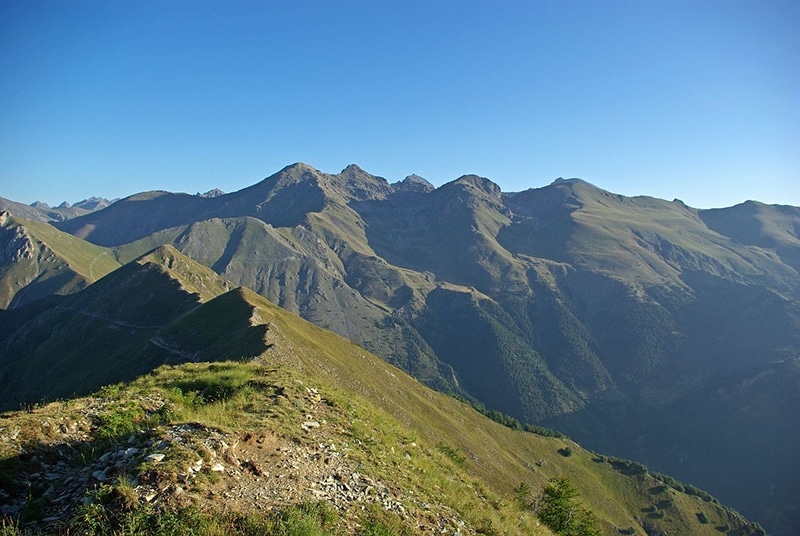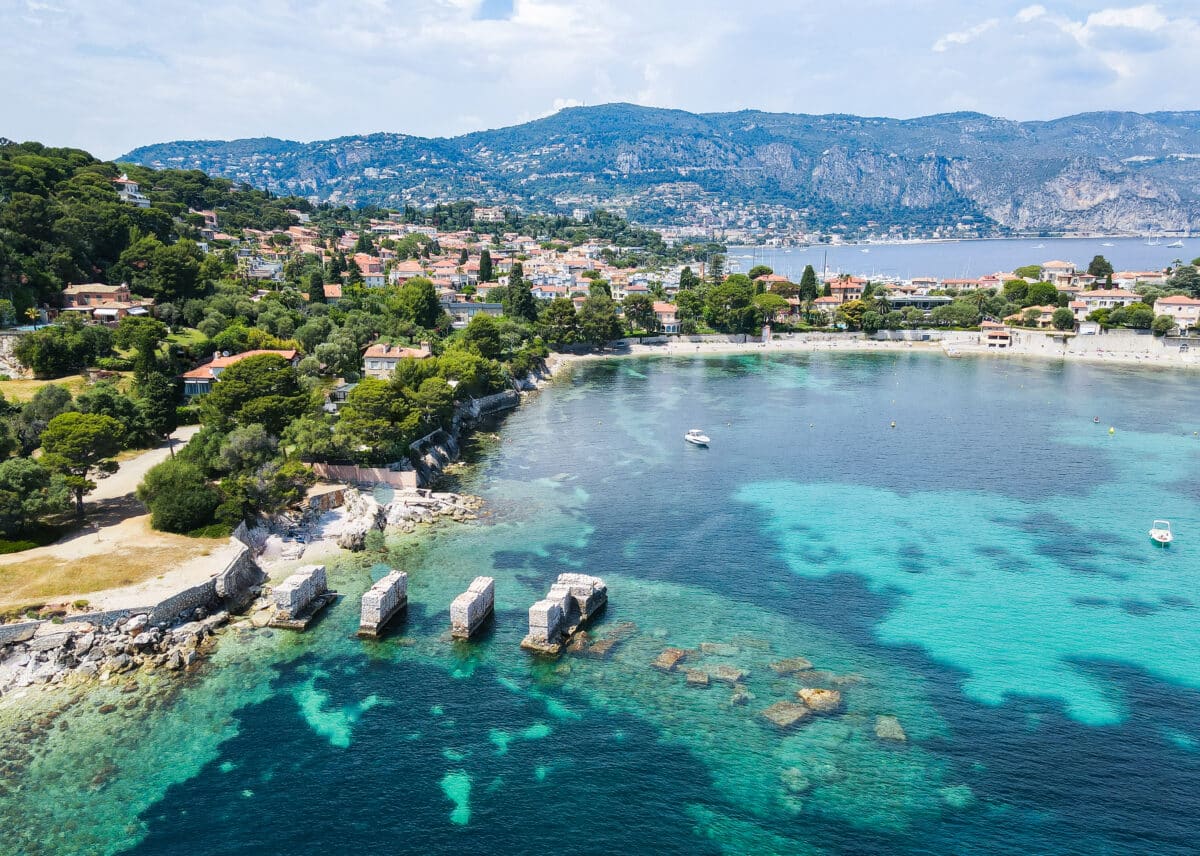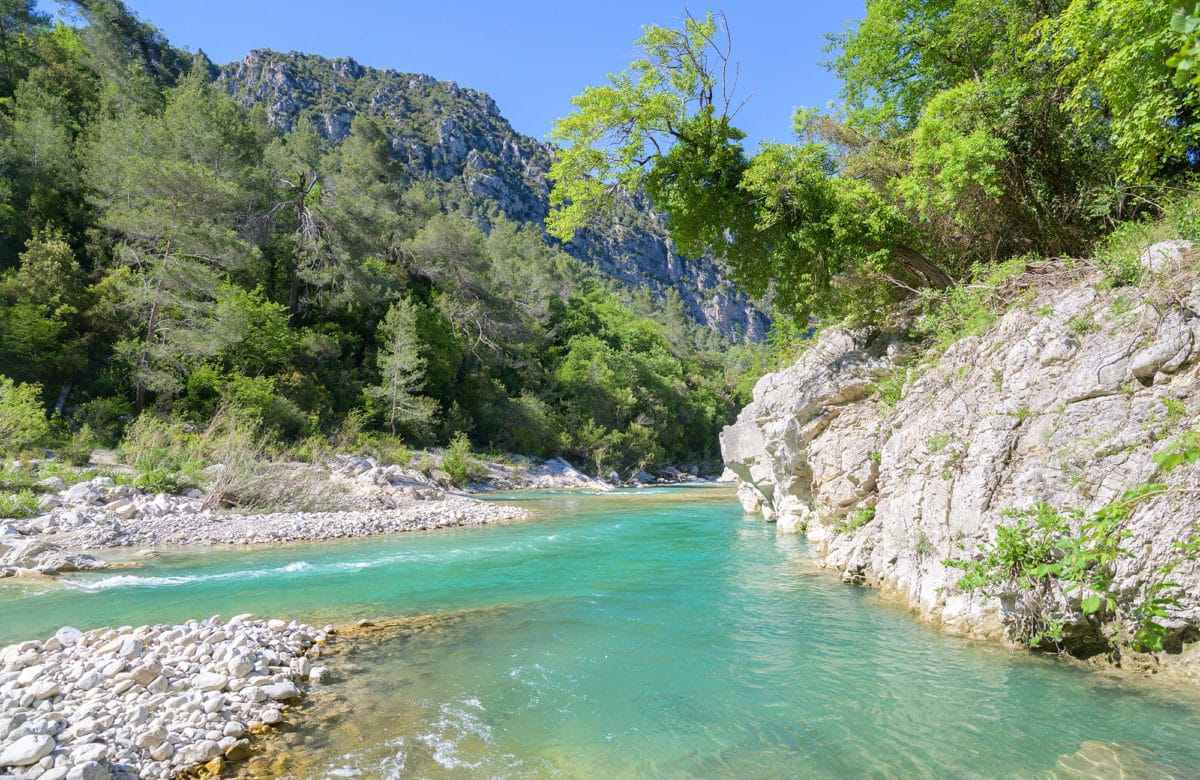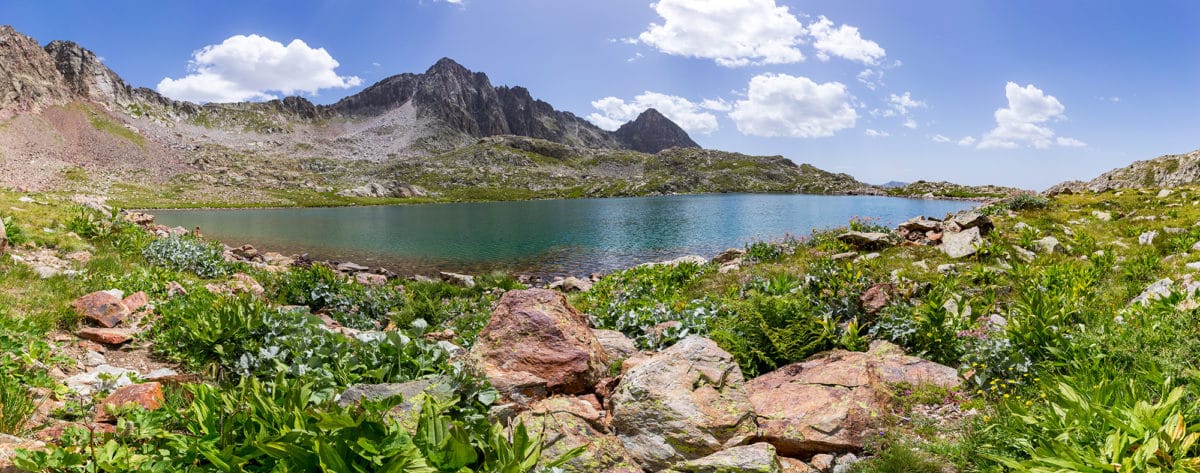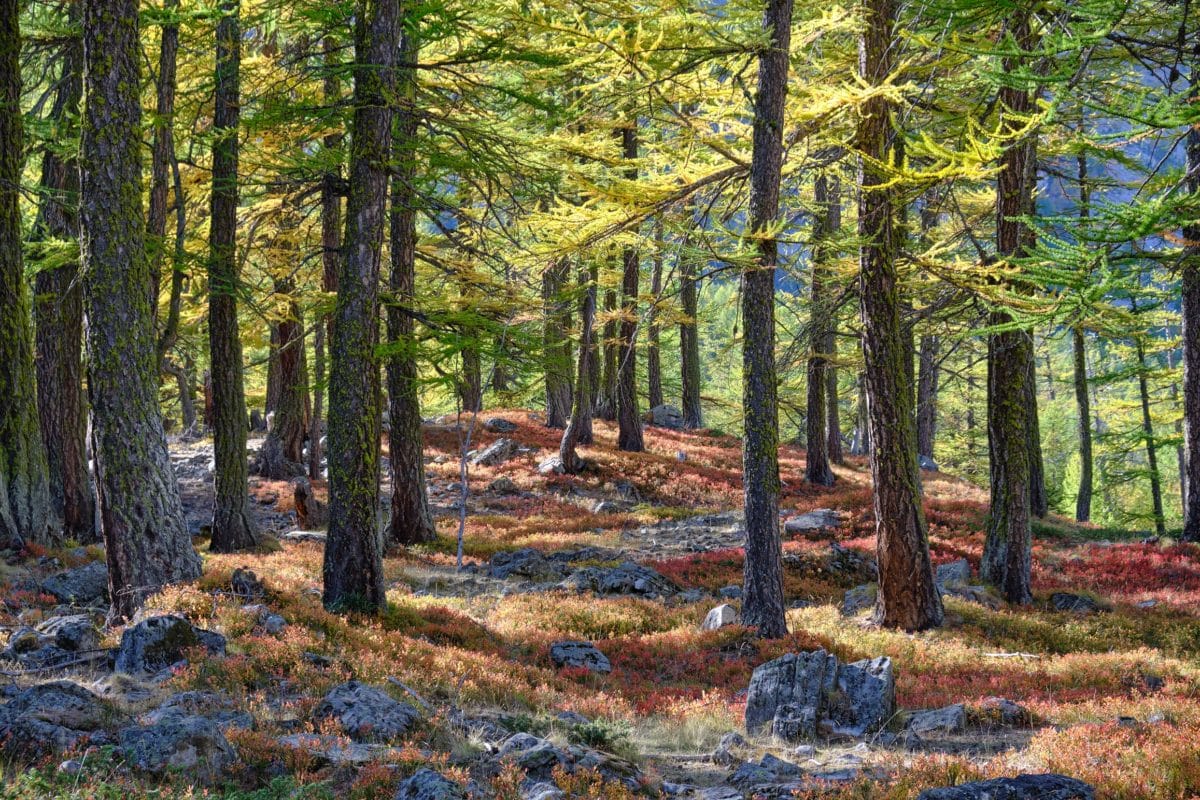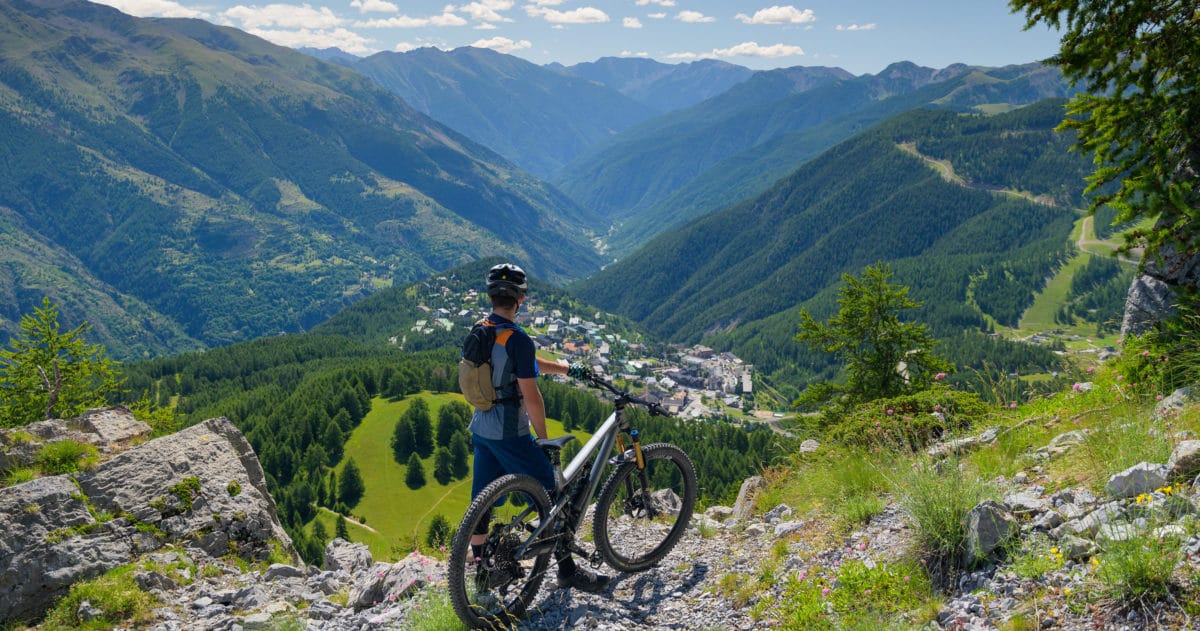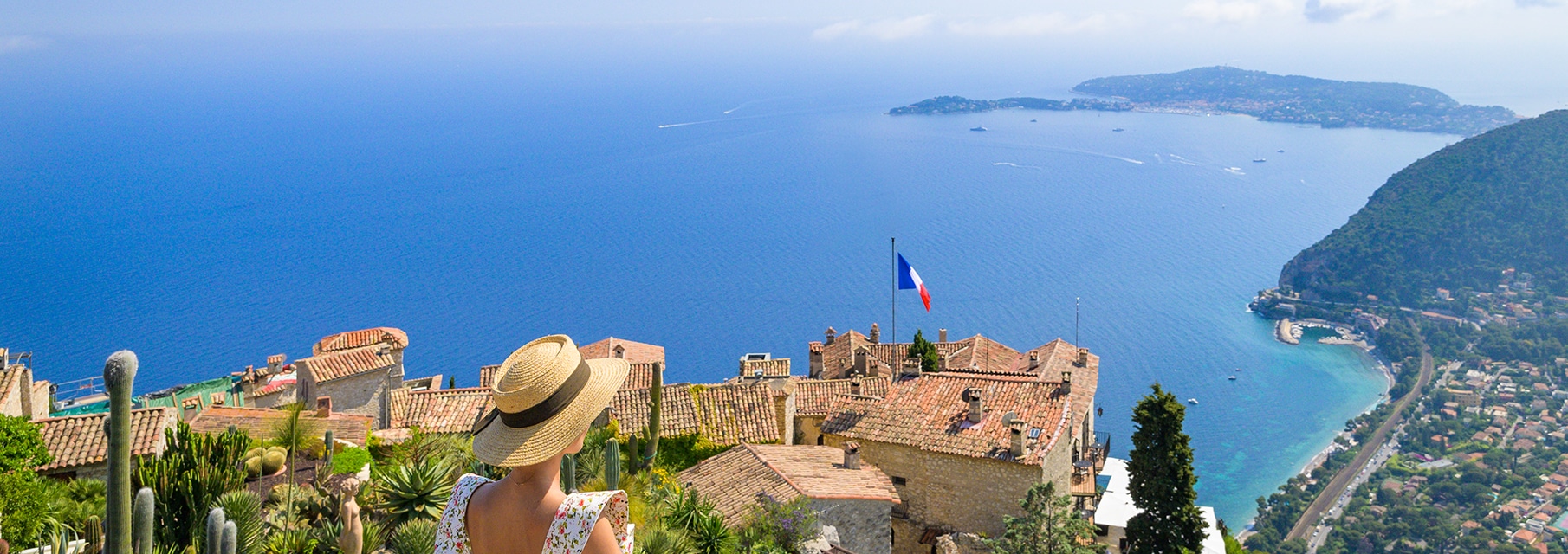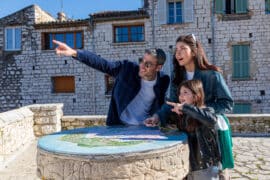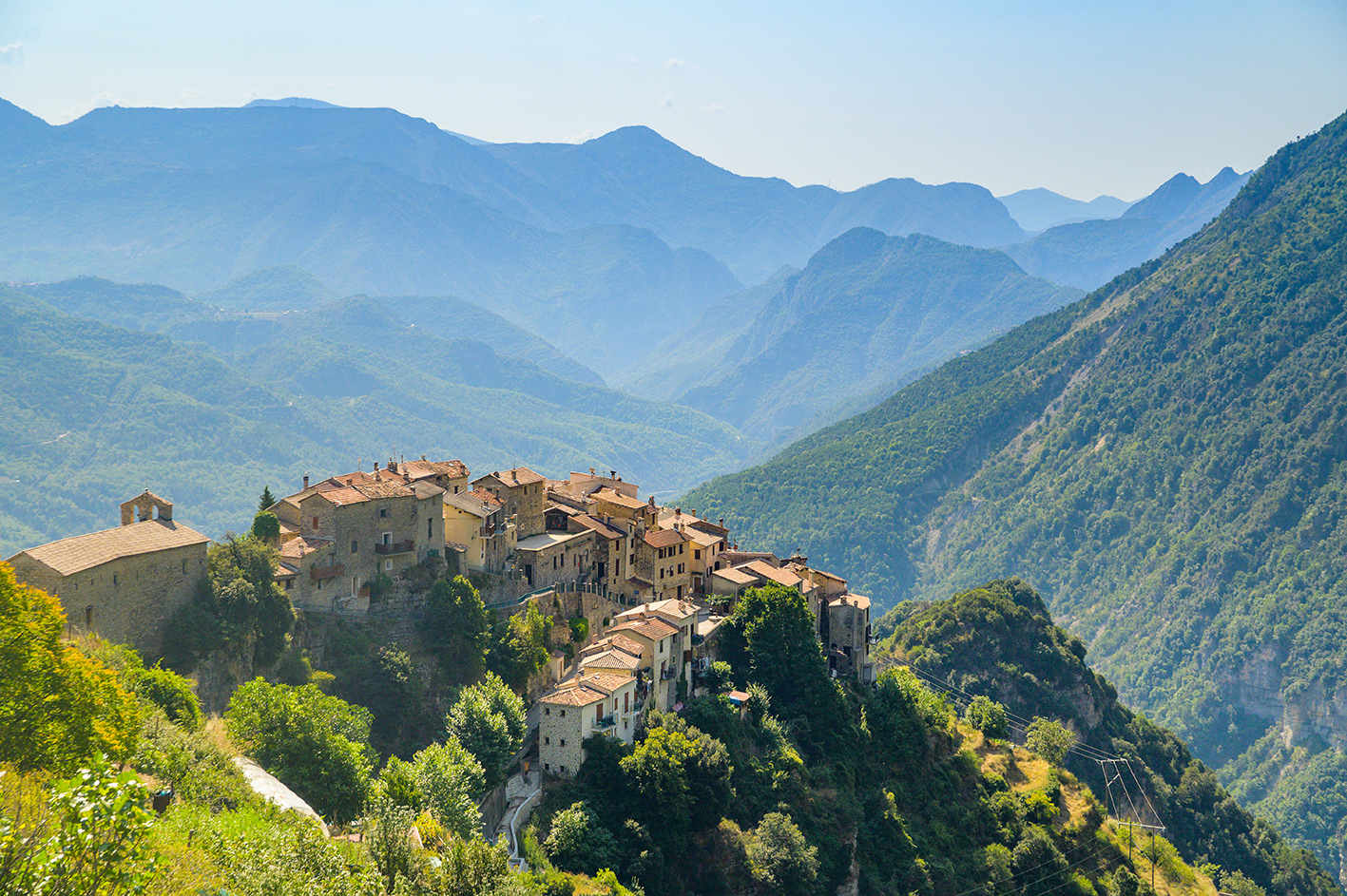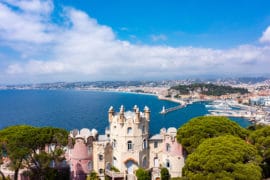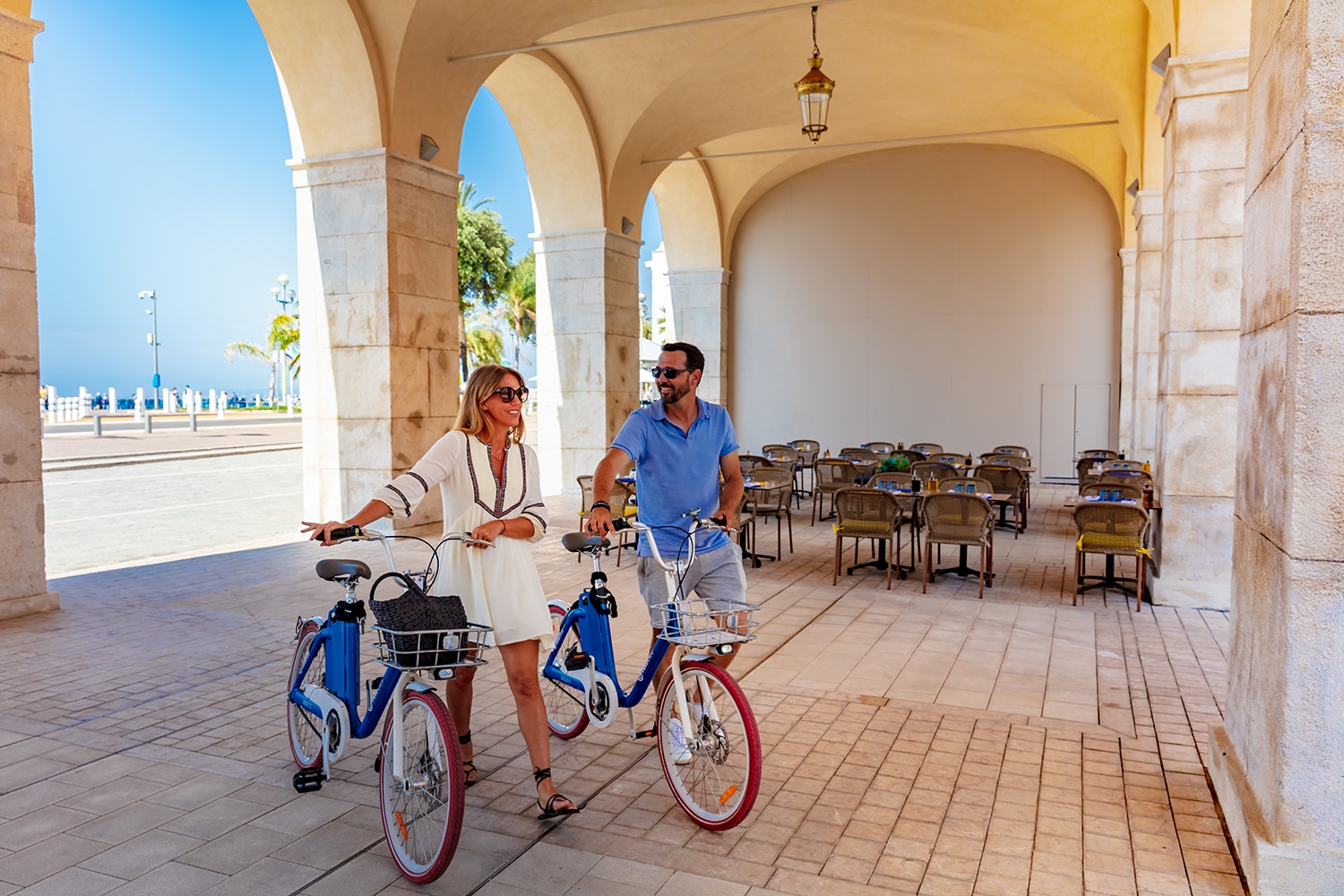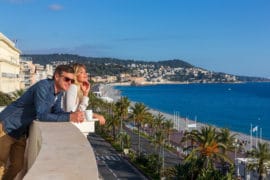The exceptional biodiversity of Nice Côte d'Azur
Nice Côte d’Azur is a real natural gem, where the diversity of its ecosystems makes it an ideal destination for nature lovers. From the Mediterranean coast to the mountains of the Alps, the region offers an impressive wealth of biodiversity, ideal for observation and discovery.
73% of the region is made up of natural areas, including a National Park, a Regional Nature Park, 6 Departmental Nature Parks and 13 Natura 2000 sites.
The Mercantour National Park, located in the heart of the Alpes-Maritimes, is a veritable sanctuary of biodiversity. With its varied landscapes ranging from steep mountains to deep valleys, it is home to exceptional wildlife, including emblematic species such as the chamois, the wolf, the marmot and the golden eagle. The park is also renowned for its 2,000 plant species, some of which are rare and endemic. Hiking trails allow visitors to immerse themselves in this protected area, while discovering spectacular panoramas and fascinating archaeological sites.
The coastal strip of the Nice Côte d’Azur Metropolitan Area is made up of a mosaic of marine habitats, from sandy-muddy seabeds under the influence of the Var river, to steep rocky drop-offs and dense Posidonia meadows.
A few kilometres off the coast, the Pelagos Sanctuary, a marine protected area in the Mediterranean Sea, completes this unique natural offering. This sanctuary is a haven for marine mammals, where eight species of cetaceans (dolphins and whales) are regularly spotted. The marine ecosystem here is extremely rich, with posidonia meadows, colourful seabeds and exceptional marine biodiversity.
SeeOnSea : a participatory tool for biodiversity
SeeOnSea is an innovative system that enables everyone to find out about and contribute to the preservation of local biodiversity. Based on scientific data, the system’s tools are collaborative and accessible to all. They give people the opportunity to learn about and share their observations of the fauna, flora and natural events they encounter, whether at sea or on land.
Very easy to use, the map allows everyone to publish their discoveries, thereby enriching a real-time database accessible to the whole community and shared with the National Inventory of Natural Heritage (INPN). With SeeOnSea, you can consult verified scientific observations and those of amateur users, learn more about local species and their environment, and take part in a conservation drive.
Each dot on the map corresponds to an observation, giving you an overview of the natural riches that inhabit our region. By clicking on each observation, you can access details of the species or event observed, accompanied by images and advice on how to better understand and respect our environment.
Whether you’re in the field or at a distance, this interactive map lets you follow the progress of ongoing discoveries and play an active part in collecting data to protect our local biodiversity.


